#clava cairns
Explore tagged Tumblr posts
Text


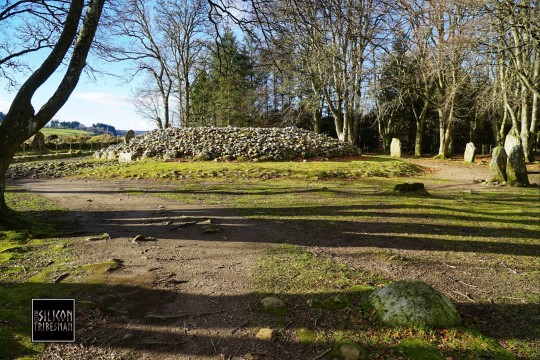
Balnuaran of Clava Prehistoric South West Chambered Cairn, nr. Inverness, Scotland
#ice age#stone age#bronze age#iron age#copper age#prehistoric#neolithic#prehistory#mesolithic#paleolithic#calcholithic#chambered cairn#clava cairns#archaeology#ritual#landscape#standing stones#monument#Scotland#outdoors#wild places#ancient cultures#ancient craft#ancient living
102 notes
·
View notes
Photo

The BS-Free Witchcraft Podcast: 72. Arrogance.
The entire #ReturnTheStone debacle over the last couple of weeks on WitchTok is honestly just a symptom of a a larger problem. One of the core, underlying issues that is the cause of a lot of these issues in the Modern Witchcraft Movement is arrogance, and it’s about time we talk about it.
Reminder! The annual Q&A episode is coming up soon, and I need your questions! Submit your questions by July 11th by going to the contact form!
Read Trae’s Books:
The Witch and the Rose ISBN: 9798869132666 Available Via: Amazon / Kindle / Direct Order
Bloody Damn Rite ISBN: 9798330220373 Available Via: Amazon / Kindle / Direct Order
(And, of course, don’t forget this show is part of the Nerd & Tie Podcast Network, and funded by listeners like you via Patreon. Consider joining our Discord or our forums!)
TikTok videos from @brewitched, @zaphaa_, @cheapeofficial, @josephine_witch, @the_planning_hincher, and @scottish.bookworm were featured in this episode.
Music: “So I Said It,” “The Man With One Eye,” “Untitled Nonsense” (Trae Dorn) / “Jaracanda,” “Havana,” “Fifth Avenue Stroll,” “Campfire,” Random Loops (Apple Music Library)
youtube
Listen to the Episode | Subscribe: Apple | Spotify | YouTube
31 notes
·
View notes
Text
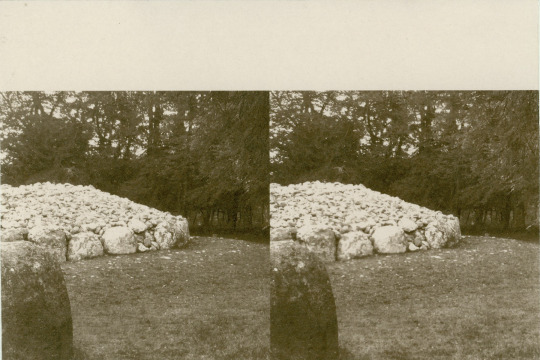
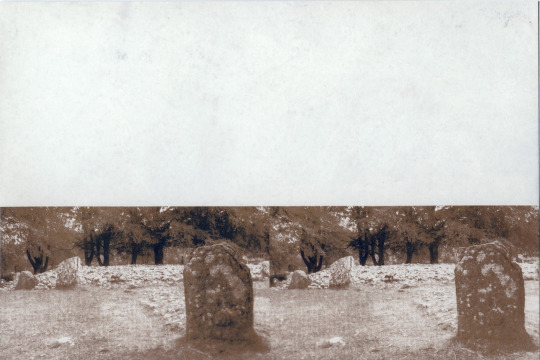

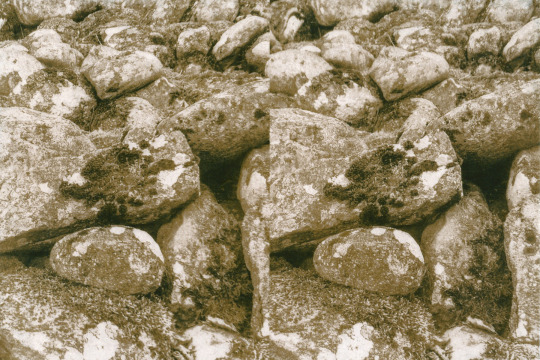
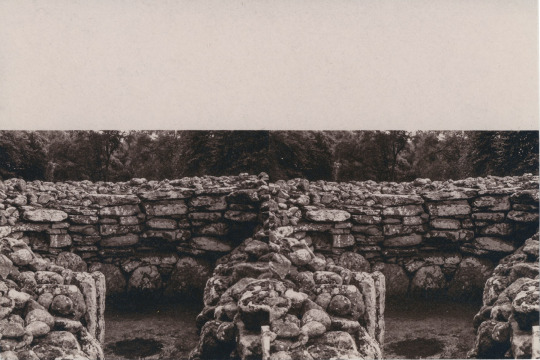

Here are the tannic acid toned cyanotype stereo slides for my first project. They are all of neolithic sites in Scotland. They are all of cairns except for the lower right one with a doorway. That is a broch.
46 notes
·
View notes
Text
6 notes
·
View notes
Photo

BS-Free Witchcraft: 72. Arrogance.
1 note
·
View note
Video
Cairns at Balnuaran of Clava in 1996 par Historic Environment Scotland Via Flickr : Balnuaran of Clava is the site of an exceptionally well preserved group of prehistoric burial cairns that were built about 4,000 years ago. The Bronze Age cemetery complex comprises passage graves, ring cairns, a kerb cairn, standing stones and the remains of a chapel. This view shows the centre and south west cairns taken with a Hi-spy, a camera attached to an extendable pole to capture the whole site in one photograph. Photographer: RCAHMS Image reference: SC357547 See more images of Balnuaran of Clava: canmore.rcahms.gov.uk/en/search/?keyword=Balnuaran+of+Clava © RCAHMS
#scotland#canmore#rcahms#archaeology#stone circle#cairn#ring cairn#Balnuaran of Clava#Clava Cairn#chambered cairn#Balnuaran#Balnuarin#Bronze#Age#cemetery#Highland#Inverness-shire#Croy and Dalcross#green#grey#gray#circle#stone#ring#landscape#prehistoric#burial cairn#SC357547#1996#flickr
0 notes
Note
hi! i am an American, falling in love with Scotland and want to move there someday. what recommendations would you have? i want to be respectful of the heritage of the place and find a community i feel safe in
I don’t really think there’s any recommendations specific to Scotland that don’t apply elsewhere. The rule of “Don’t be an arsehole” applies pretty much everywhere.
Obviously a lot of Americans are interested in Scotland due to Outlander, the only thing I’d say there is don’t take stones from ancient burial sites and ferry them back to the States. Saw a story recently about an American woman doing that at the Clava Cairns up by Inverness.
89 notes
·
View notes
Text

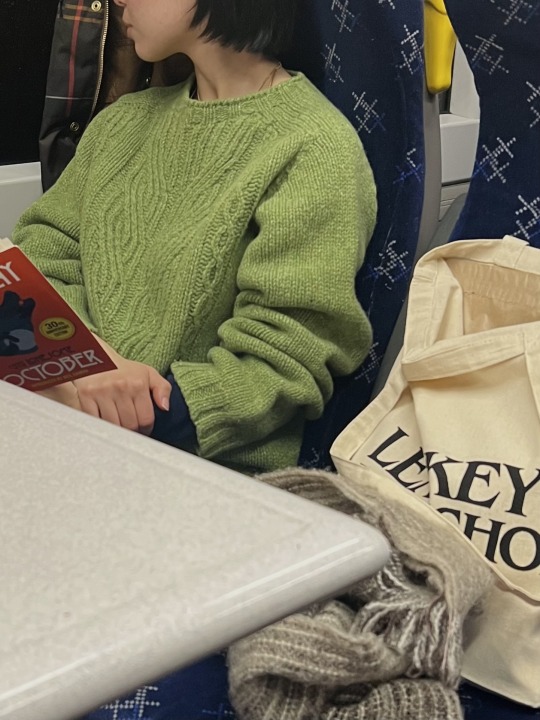
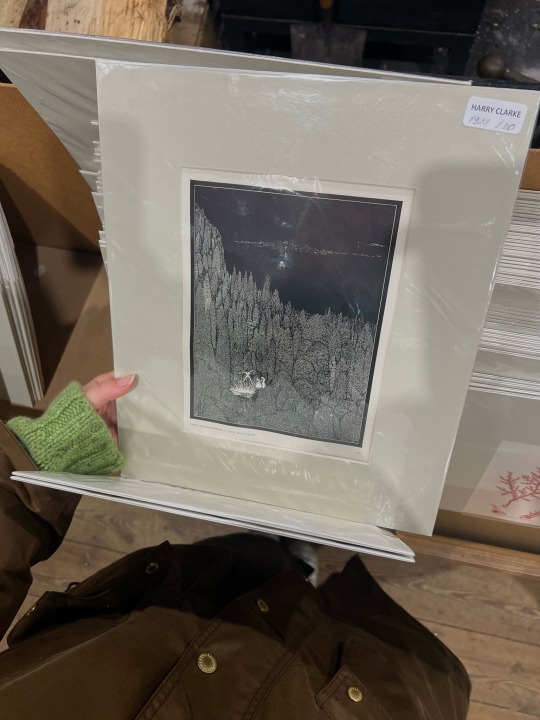
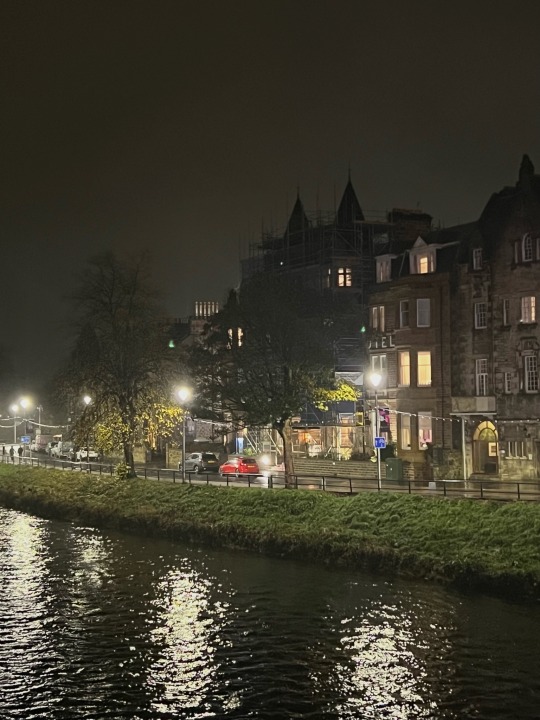
11.05.23
inverness <3 we did loch ness, urquhart castle, culloden battlefield, the clava cairns, and leaky’s ! also the warhammer store lol. so not everything, but respectable for a 7 hour time frame, i think. maybe in 10 years the scottish highlands will need a violin repair shop? 😅
🎧 : lochness - julie
#studyblr#dark academia#light academia#studyspo#college#travel aesthetic#academia#study motivation#mine#inverness
235 notes
·
View notes
Photo
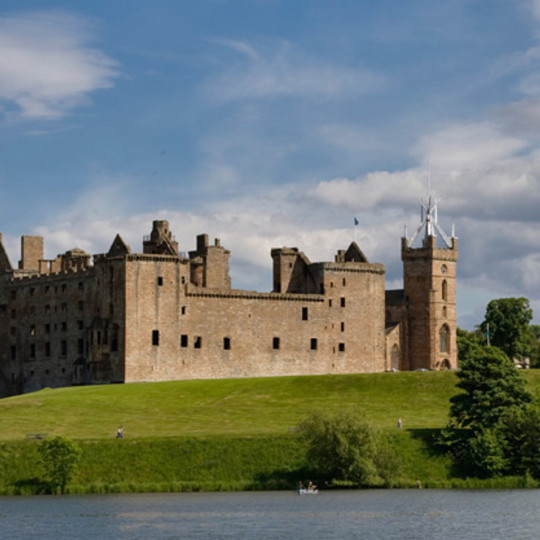
A Gallery of Standing Stones, Cairns, and Castles of Scotland
Scotland has a rich history dating back to seasonal settlements around c. 10,500 BCE and permanent residences by c. 7000 BCE. Neolithic ceremonial sites such as the Ness of Brodgar were established by c. 3500 BCE, and communities like Skara Brae by at least c. 3100 BCE. The people abandoned these sites but continued to develop others elsewhere.
Skara Brae was a residential community of hunter-gatherers as were older sites, such as the Knap of Howar on Papa Westray, Orkney, dated to c. 3700-3500 BCE. The people of this region raised ceremonial sites including the Ness of Brodgar, Ring of Brodgar, and the Standing Stones of Stenness, thought to have served as liminal places between the earthly plane and others. Further south, Clava Cairns, a Bronze Age site outside of Inverness, dated to c. 2500 BCE, seems to have been used for the same, or similar, purposes. Clava Cairns, also known as the Balnuaran of Clava, was carefully constructed to align with astronomical points and was also used for the burial of important members of the community.
By the 2nd millennium BCE, during the Early Iron Age, Castle Rock in modern-day Edinburgh was inhabited, then was used as a hillfort, and in the 11th century, it became the site of Edinburgh Castle. The site of Stirling Castle, dated to the 12th century, does not have as long a history but is thought to have been inhabited by the Picts in the 7th century and been fortified by the 9th.
These are only a few of the fascinating sites throughout Scotland. The following gallery presents an assortment of the abbeys, standing stones, cairns, and castles of the region, all with long histories. There are many more sites to see besides those featured below and readers are encouraged to go and hear the stories they have to tell.
Continue reading...
25 notes
·
View notes
Text




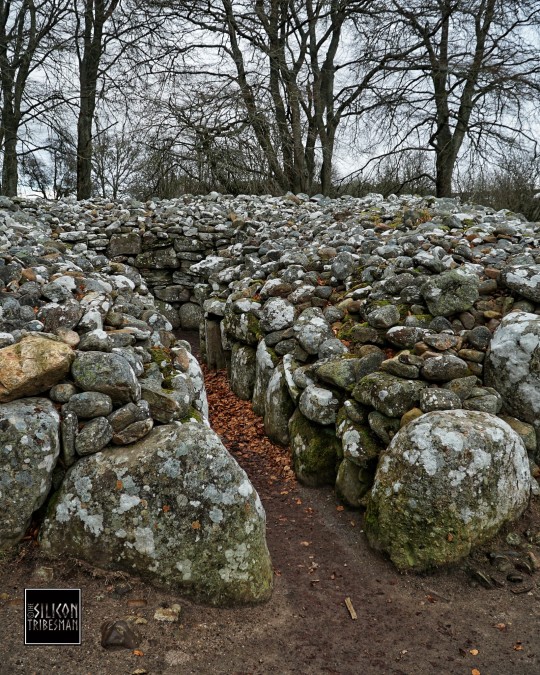

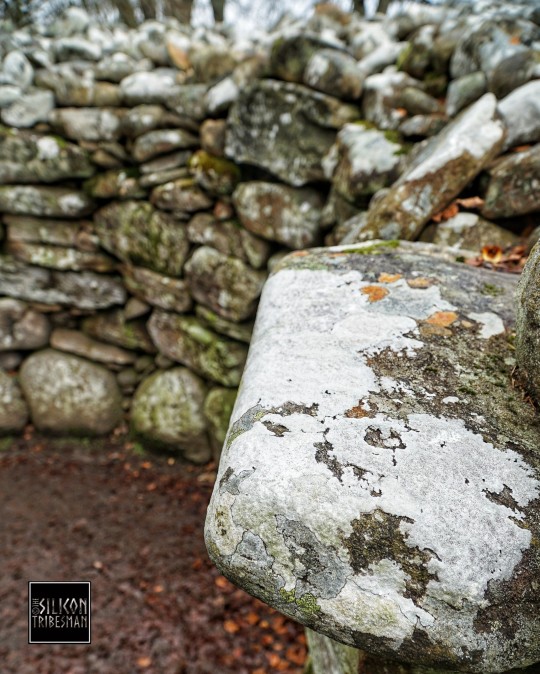

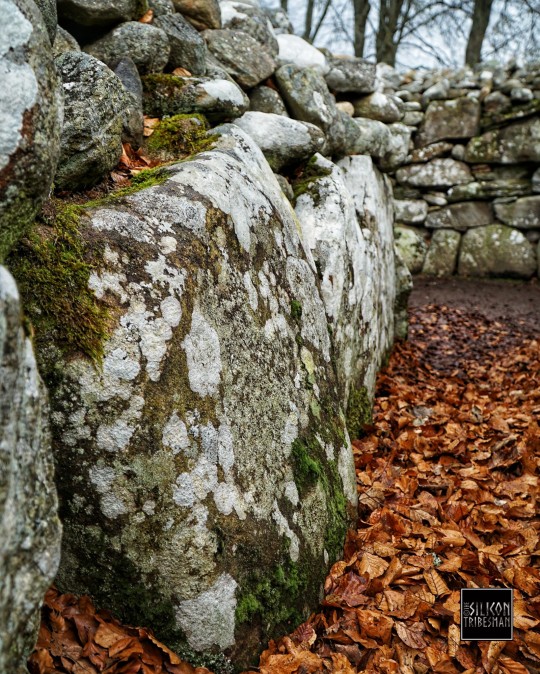
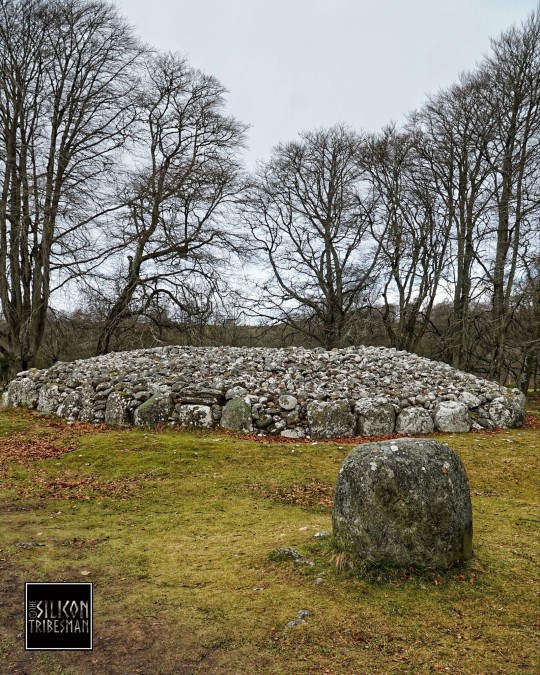
Balnuaran of Clava Prehistoric North East Cairn, nr. Inverness, Scotland
#ice age#stone age#bronze age#copper age#iron age#prehistoric#neolithic#prehistory#mesolithic#paleolithic#calcholithic#archaeology#Balnuaran of Clava#clava cairns#landscape#outdoors#wild places#nature#leaves#Scotland#ancient sites#ancient cultures
121 notes
·
View notes
Photo

Cairns at Balnuaran of Clava in 1996
1 note
·
View note
Text
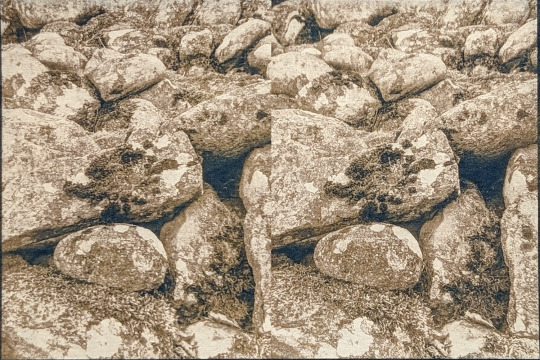
Rocks on a cairn at Clava Cairns. I like the 4x3 pattern, but my pictures don't tend to favor that. I need to take further away pictures so I can crop into 4x3
0 notes
Text
May the circle be broken
The final morning at Findhorn, I wake from one of my stress dreams. They attack in the light intervals between my mother’s early exit to go walking – often as early as 5.30am - and my definition of morning. A recent one ended with me wandering a desert mall with no tool for escape except some flip phone c.2010. In another, I unrolled a yoga mat, only find it rolled over by other yogis and non-existent when the class started. The theme: under-resourced. My actual yoga mat is on the floor, the only reason I make it there some morning. Today, however, is the grand finale of the trip and I promised to get my aching, cantankerous morning self to an open-air group meditation. Grabbing a blanket, I strike out into the network of wooded paths that connect the community’s various workshops, greenhouses, and eco homes. Quickly disoriented by these meanders, I’m saved by the singing. At the unbroken start of the day, the sound is thin but easy to follow. The door is open, a Hobbit style rounded entranceway with a built-in vestibule full of prayer cushions and music books. Inside, seated on the concentric rings of an earthen amphitheatre, a dozen voices weave in four-part harmony in a prayer that rises without the impediment of a roof.
Though known as a spiritual community, Findhorn wouldn’t exist without the forty-pound cabbages. That’s what our tour guide told us when we first arrived. An American man about my mother’s age, he saw the place through the prism of decades. The land we are on was once a caravan park. Then Peter and Ilene Caddy moved in and they planted a vegetable garden. The couple were spiritualists; they consulted the plants on what they needed. The result? Prodigious cabbages. Peter, with his characteristic savvy, got the British soil association to do a test. The soil was and is sand soil and requires lots of compost. It’s nothing special. With equally characteristic showmanship, Peter broadcast the results. If the soil wasn’t special, something else was. It was a seed planted at the right moment. This was 1969; the boomer generation would soon arrive in droves, done with school and ready to question everything. My mother was among of them, fresh from her California college. She stayed for three years.
The emerging community was a bit like the roundhouse now filled with meditative song. Both started as the vision – literally – of a few individuals, only to catch the eye of outsiders. When the roundhouse ran foul of the new building oversight, the architect simply took the roof off. An old friend of my mother who invited us to the open-air meeting admits attendance varies with the weather. Yet the faithful few sit singing with their umbrellas every morning. I try to imagine starting every day like this, in cross-legged communion with others rather than performing my own private practice. We move from singing to silent meditation; I surreptitiously uncross and recross my legs as my feet alternatively fall asleep. At the end, an older man with a sonorous voice and a knit cap worn in what I can only think of as a hipster style reflects that we have done our bit to steady the world today by steadying ourselves.
The Caddys, who claimed an intentional community was never their intent, were likewise ready to open things up. To a point. Their undisputed leadership of the community and their firm legacy surprises me; it’s so far from the egalitarian instincts I expect from intentional communities. Also, Peter ran off to Australia with a young woman in the late seventies. But then there are those cabbages. Their spiritual heirs, the Findhorn Foundation, are struggling after a long reign. As my mother and I leave the singing circle and cut across the park, she returns to a running theme. Why don’t they do a garden rota, she wonders. With so many people, they’d only have to do a few shifts a year. She’s still trying to sort through the central conundrum of Findhorn today: hundreds of people live in the new experimental eco housing that rings the old community and yet the centre feels hollowed out of life. We pass the old caravans, most screened by a heavy curtain of wild garden. For me, it’s hit just the right level of decay where it feels decadent rather than depressing. But the disuse makes my mother uneasy. Peter Caddy wouldn’t have stood for this, our guide told us. He used to say he’d give fifty pence to anyone who could find a weed in his garden.
A few hours later, I’m circling a new round structure and my new soundtrack is the bagpiper who’s suddenly struck up a tune in the carpark beside the coaches full of well-managed tourists. It’s a stone cairn and its centre too reveals the lip of a long-vanished roof. It wasn’t planning permission that did it in, but extreme old age. The Clava Cairns were built by Neolithic people 4,000 years ago. Three mounds stand in the manicured park, but as many as eighty more lie in the adjacent farmers’ fields. Each narrow entranceway aligns perfectly with the winter solstice sun. My mother bristles at interpretive accounts suggesting they built solstice alignments in the superstitious hope of encouraging the sun’s return. She often drives ridiculous distances in the States to see Neolithic sites I’d never heard of like Serpent Mound and Poverty Point and returns newly amazed by prehistoric people’s acumen and ambition. They weren’t idiots, she says now. The cairns were their calendars. I have a little more sympathy for our contemporary incredulity. Why would people invest so much energy piling up so many stones? Shouldn’t they have been busy, you know, surviving? The Stone Age Highlands cannot have been the easiest place from which to eek an existence. And yet everywhere, the circles. Spaces of commemoration, ceremony, and community.
That's a final snapshot of my Scottish Highland tour, but I have gone down the rabbithole of community history, including a search for the game changing book 'The Magic of Findhorn', and now have so much more I want to write about Findhorn and their emblem the phoenix.




0 notes
Text
Any time I see anything Outlander related, I remember going down to Clava Cairns which isn't far from where I live, and two tour buses full of American people (mostly women) who were on an Outlander locations tour, pulled up. A group of women from one of the buses then went up to the big standing stone that was used in the show as the magic teleportation stone, they pulled out various crystals and a crystal pendulum, started caressing the stone, then started chanting trying to summon the character Jamie Fraser to them. Not the actor or any actual historical figure, but the character. This happened multiple times with different tour groups, throughout the summer. There was actually a news article because there was a risk of damaging the cairns because of the amount of people climbing on them trying to "make the magic work", and people trying to chip off bits of the stones to keep as souvenirs. These cairns have survived about 4,000 years, and the biggest risk to them that year was Outlander fans smashing them to steal bits of the rocks. It's not happened since that one summer. It was wild!
I keep seeing gif sets for Outlander going past my dash and getting excited to see Sam Heughan in a kilt again (the man has excellent legs and I am weak, weak, trash) and then I saw a picture of Diana Gabaldon and had this weird transportive memory moment where suddenly I am 18 years old again working in the tea house on Sauchiehall Street and I’m taking the order of this really polite American couple who keep telling me about all the tourist things they have done here and asking me if I have been up to Inverness and visited XYZ. And I’m just there for the tip man, Americans tip so good I am just giving it my all, laughing along and chattering away, I’m one step away from doing a jig for them if it will get me a tenner I can keep to myself.
And then the husband goes off somewhere, and it’s just the dark haired lady sitting up by the window seat watching the Glasgow world go by, and I refill her cup several more times and talk her into trying the freshly baked shortbread and soon she’s my only table left and I’m just sort of lingering nearby polishing cutlery. And then this dark haired woman with bright eyes turns to me and says “you said you’re going to college for literature, right?”
I confirm, yes, that is what I said, but then for some reason I say “I figure I should try and teach or something. There’s not much stable work for writers.”
And there’s this frozen in time moment where she turns to me and says “oh you’re a writer? what do you write?” and 18 -year-old me only has half-baked ideas and is too embarrassed to say, so I just sort of shrug and say “nothing yet, some sci fi I suppose…” and then I get asked “have you read a book series called Outlander?”
It’s only my customer service facade that saves me, because yes, I had read Outlander, everyone and their nan, has read some of Outlander, because everyone and their nan wants to commit several types of sin with Jamie Fraser but other than that I think the book is awful. It was like the Fifty Shades of Grey of its time in terms of popularity but with period clothing. So I say, “yea, I’ve read it” and she sort of half laughs and says “You don’t sound that enthused.” and I sort of shrug and say “it was all right, it waffled a bit for me. You can tell the author has never been to Scotland either.”
And on the conversation goes for several more moments before this lady turns the conversation back to what I want to write and I admit I really don’t know but I just want to write eventually and she smiles and nods and then she hands me a business card along with my ten pound tip and tells me “when you’re published let me know” while I smile, nod and glance briefly at the card—remembering vaguely the name Watkins and an address in Arizona—then move on with my life.
Until this very moment in time, over a decade later, I am sat frozen on my couch watching this dark haired woman speak about how she came to write Outlander, and then an image of her husband comes up and I’m just like no, no, no so I look up her website and his last name is Watkins and they live in Arizona guys…guys I’m not 100% sure, but I think past me might have told Diana Gabaldon her book was shit.
11K notes
·
View notes
